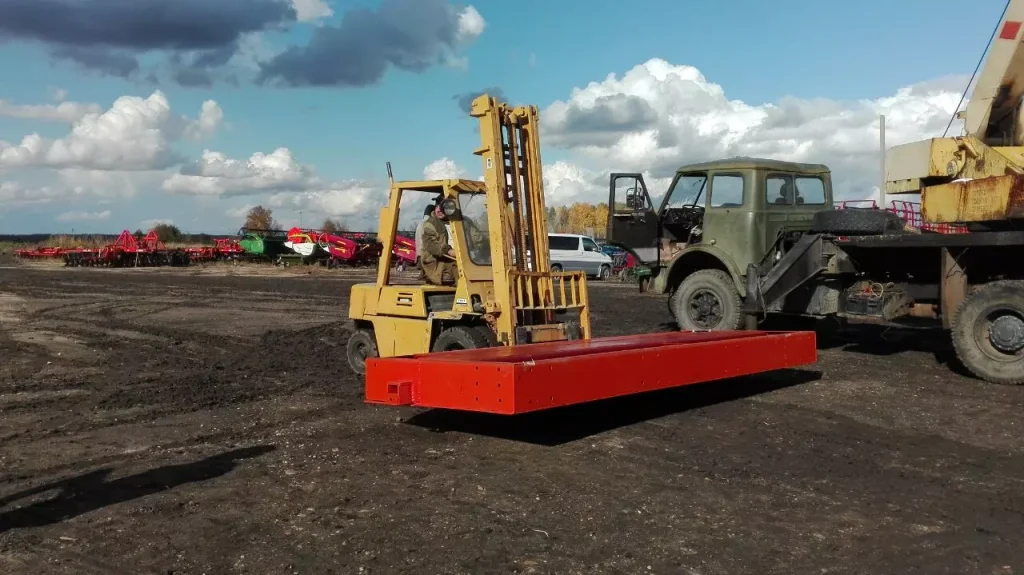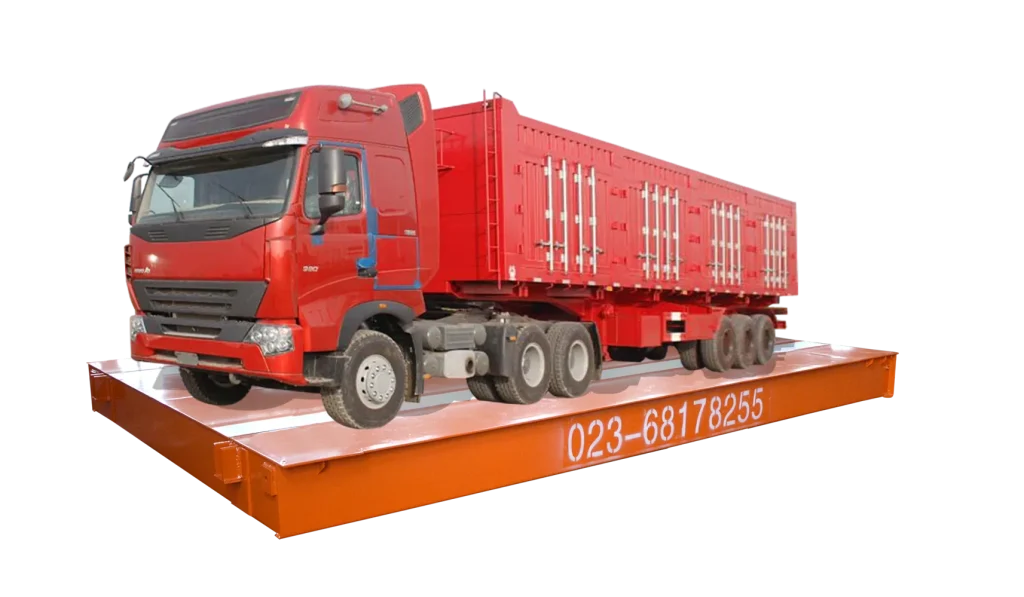Solving Weighbridge Problems with Automation
Manual weighbridges, despite their widespread use, are plagued by several inherent challenges that can significantly impact operational efficiency and accuracy. These challenges include heavy reliance on booth operators, lack of transparency, poor time and resource management, and a heightened risk of fraud and misconduct. To address these issues and enhance overall logistics operations, automatic weighbridge has emerged as a compelling solution.
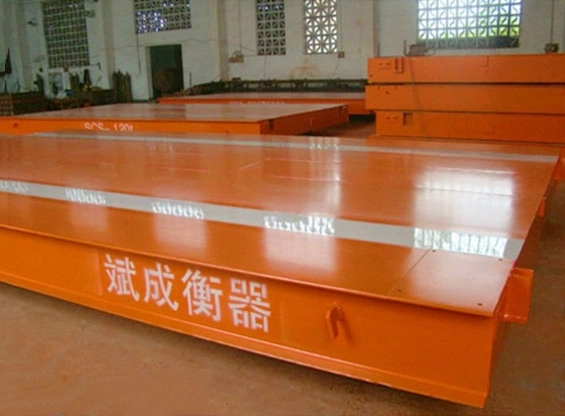
Why Are Manual Weighbridges Inefficient?
While manned weighbridges face numerous challenges, the most concerning is human intervention. This is because it leads to more human errors, which can accumulate and cause severe inefficiencies and productivity issues. Here are some of the key challenges faced by manual weighbridges:
1. Heavy Reliance on Booth Operators
When you hire weighbridge booth operators, you expose your logistics process to potential human errors. The booth operator is responsible for overseeing the entire process and is in charge of recording the weights and related tolerances of incoming and outgoing vehicles. Apart from human errors, the decision to hire booth operators can also lead to malpractices such as bribery and theft. This is crucial, as goods can be of significant value.
2. Lack of Transparency
The booth operator will be responsible for recording the weighing process and ensuring transparency in the weighing process. However, a paper-based weighing process lacks transparency as it can lead to malpractices at a micro level. These malpractices may gradually accumulate into significant financial losses.
3. Poor Time and Resource Management
Manual weighing systems can make it difficult for companies to manage incoming and outgoing vehicles. This is because the booth operator is solely responsible for checking vehicle registrations and ensuring that vehicles move efficiently to the weighbridge. Without automation, the system may fail and lead to long queues of vehicles—causing congestion and delays at the weighbridge and other sites within the facility.
4. Lack of Security, Prone to Fraud and Misconduct
Manned weighbridge systems, or general manual logistics systems, lack transparency and operational centralization. Since the weighbridge system is run by the booth operator, logistics companies may face significant security risks. As supply chain managers cannot independently monitor the manual weighbridge process, false records of vehicle weights may lead to poor business operations.
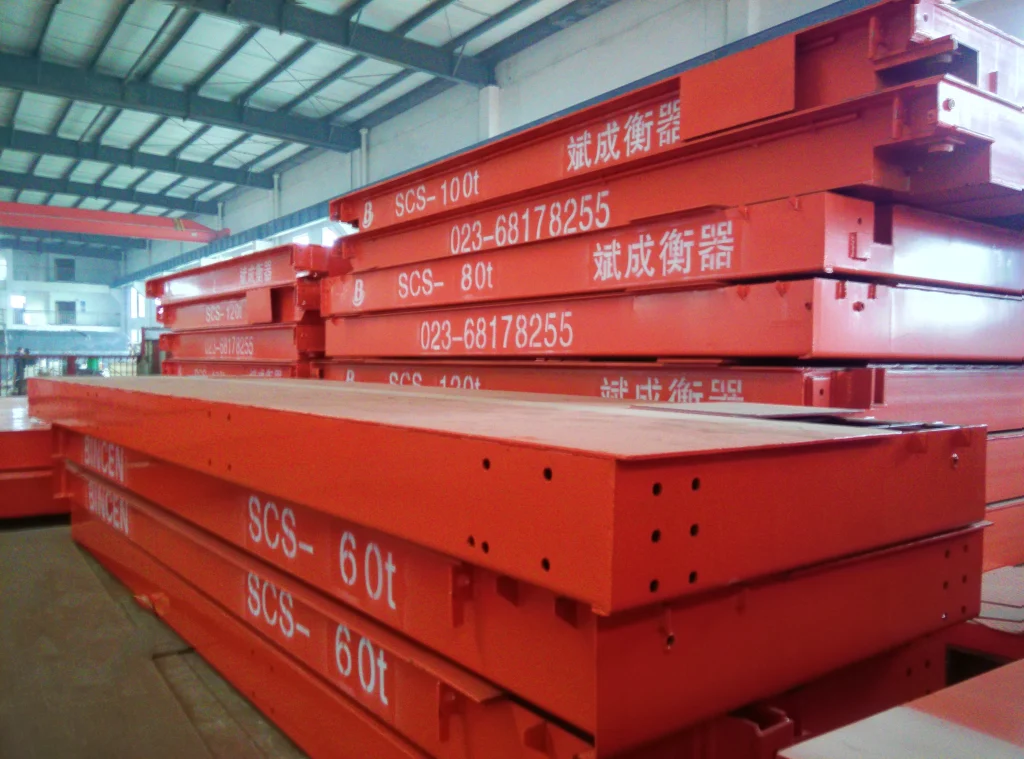
Advantages of Weighbridge Automation in Logistics
1. Improved Efficiency
Automatic weighbridge systems can automatically complete the vehicle weighing process without manual intervention, significantly reducing weighing time and improving work efficiency. For example, the self-service operation of Sichuan Hongjin Weighing Equipment allows drivers to complete weighing tasks independently, effectively saving time and reducing operating costs. Automation eliminates the need for manual labor, streamlining the weighing process and saving time.
2. Reduced Labor Costs
Automated systems reduce the need for manual labor, lowering labor intensity. Unattended weighbridge systems can operate 24/7 without the need for rest or shifts, thereby reducing labor costs and improving work efficiency. Automation reduces the number of employees required for weighing operations, leading to lower labor costs.
3. Increased Accuracy
Automatic weighbridge systems use high-precision sensors and intelligent algorithms to ensure the accuracy of weighing data. For example, infrared grating detection technology can prevent vehicles from partially entering the weighbridge, ensuring the accuracy and reliability of each weighing. Advanced technologies like infrared grating detection enhance the precision of weighing results.
4. Enhanced Safety
The system is equipped with video surveillance, infrared detection, and other monitoring devices that can monitor the weighing process in real time. If any anomalies are detected, the system will immediately issue a warning signal to alert management personnel to take timely action, ensuring the safety of operations. Real-time monitoring and alert systems enhance safety by detecting and preventing potential issues.
5. Data-Driven Management
Automatic weighbridge systems comprehensively record and analyze historical weighing data, laying a solid data foundation for enterprise digital transformation. For example, the data recording and analysis functions of Sichuan Hongjin Weighing Equipment provide strong data support for logistics companies. The data generated by automated systems can be used for data analysis and to support decision-making.
In conclusion, automatic weighbridge systems play a critical role in the logistics industry. They not only improve weighing efficiency and accuracy but also reduce costs, enhance safety management, and provide strong support for enterprise decision-making. With the continuous advancement of technology and the expanding application areas, automatic weighbridge systems are expected to play an even more important role in the future of the logistics industry.
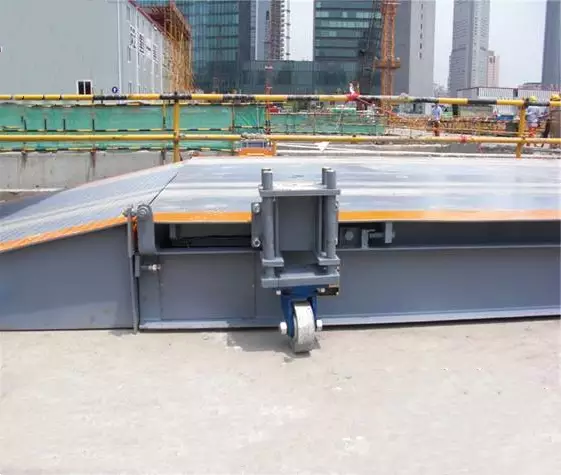
Weighbridge Automation Options
Weighbridge automation can significantly enhance efficiency, accuracy, and safety in logistics operations. Here’s a breakdown of the various types of weighbridges that can be automated:
| Pit Mounted Weighbridge Automation | This is the most common type of weighbridge, installed in a pit below ground level. The automation process typically involves installing load cells, sensors, and control systems within the pit. These components measure the weight of vehicles and transmit the data to a central control system. Pit-mounted weighbridges are stable and provide accurate measurements. The automation can be integrated with existing infrastructure, making it a popular choice for many applications. |
| Pitless Weighbridge Automation | This type of weighbridge is installed above ground level, eliminating the need for a pit. The automation process is similar to pit-mounted weighbridges, with load cells and sensors installed beneath the weighbridge platform. Pitless weighbridges are easier to install and maintain, especially in areas with limited space or challenging ground conditions. They can also be relocated more easily if needed. |
| Mobile Weighbridge Automation | Mobile weighbridges are portable and can be moved to different locations as required. These weighbridges typically use wireless technology to transmit weight data to a remote control system. Mobile weighbridges offer flexibility and are ideal for temporary weighing applications or areas with limited infrastructure. |
| Weighbridge with Steel Slope Automation | This type of weighbridge has a steel slope leading up to the platform, allowing vehicles to drive onto and off the weighbridge easily. The automation process is similar to other weighbridge types, with load cells and sensors installed beneath the platform. Steel slope weighbridges are convenient for vehicles with limited ground clearance or those that need to access the weighbridge from a higher level. |
| Special Customized Weighbridge Automation | These weighbridges are designed to meet specific requirements or handle unique applications. The automation process can be tailored to the specific needs of the weighbridge, incorporating features like vehicle identification systems, data integration with other systems, or specialized weighing protocols. Customized weighbridge automation can provide tailored solutions for industries with specific weighing requirements, such as those in the aerospace, mining, or heavy manufacturing sectors. |
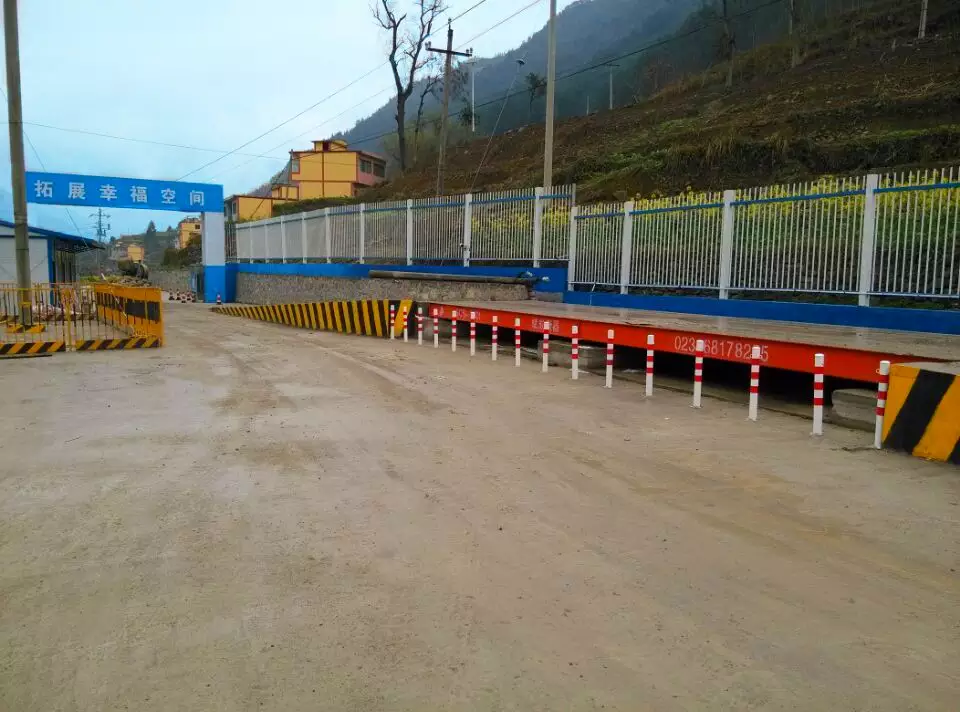
Weighbridge Automation Boosts Your Efficiency
The transition from manual weighbridges to automated systems offers numerous advantages for logistics businesses. By automating weighing processes, companies can significantly improve efficiency, reduce labor costs, enhance accuracy, strengthen security, and gain valuable insights through data-driven management. There are kinds of weighbridges for sale provided by the China weighbridge manufacturer Bincen. With a range of automatic weighbridges available, including pit-mounted, pitless, mobile, steel slope, and customized solutions, there is a suitable approach to meet the specific needs of any organization.

